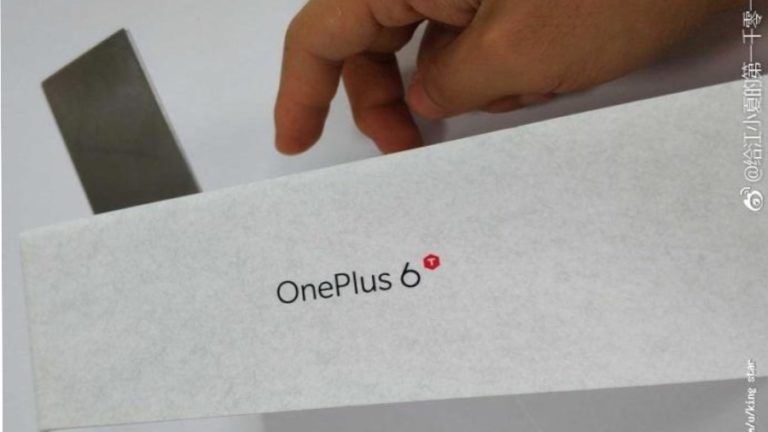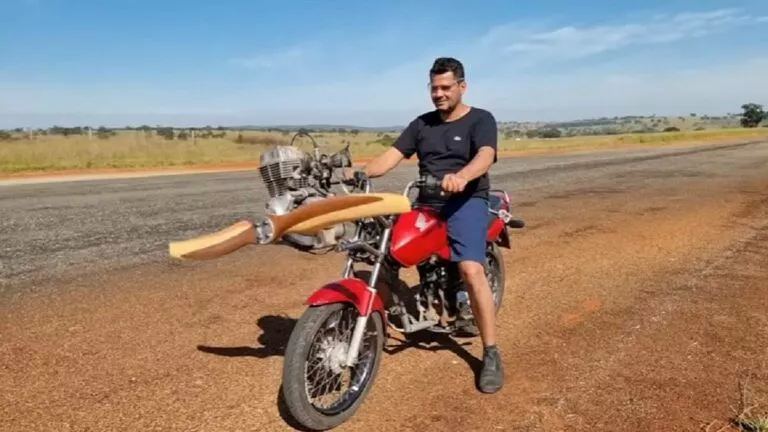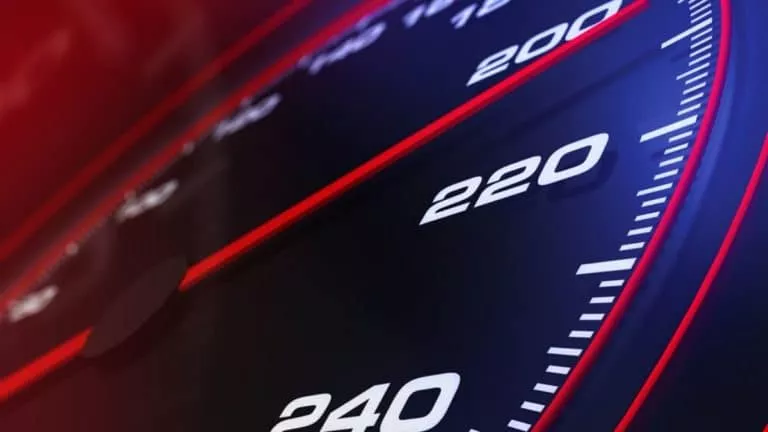Tesla Autopilot Might Not Be Turned On During Fatal Crash: NTSB Report
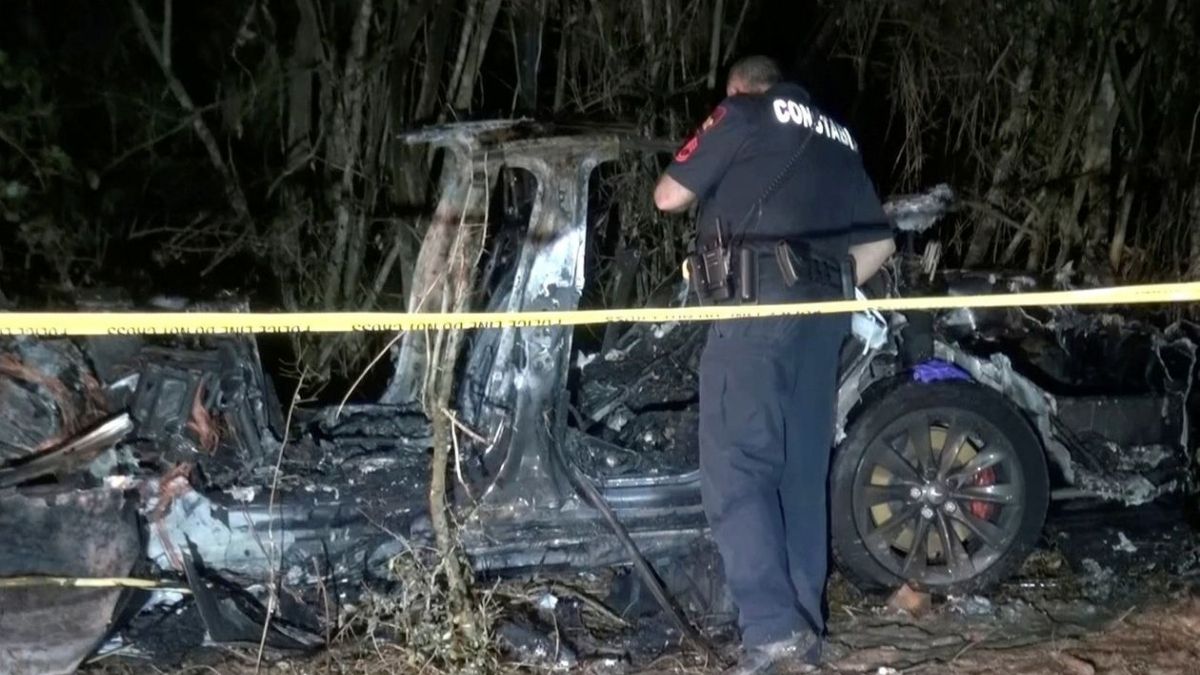
The National Transport Safety Board (NTSB) has released a preliminary report that could finally give us some insights into what might have happened during a fatal Tesla Model S crash that cost the lives of two people.
This brutal accident occurred on 17th April 2021 in Texas, United States. Soon after the crash, the car caught huge fire that ended up destroying the onboard storage device located in the infotainment system and the restraint control module. Both of these components are very important and record all the important data like vehicle speed, airbag deployment, belt status, acceleration etc.
Hence, limited data was recovered from the crash site that could give some important information.
However, after the tragic crash, the masses started criticizing the company for its driving assistance system, Tesla Autopilot. These speculations are based on statements from local authorities who said no one was on the driver’s seat at the time of crash.
As of now, the NTSB has issued a preliminary report that raises doubts about whether the Tesla Autopilot was engaged during the incident.
What Does The NTSB Report Say?
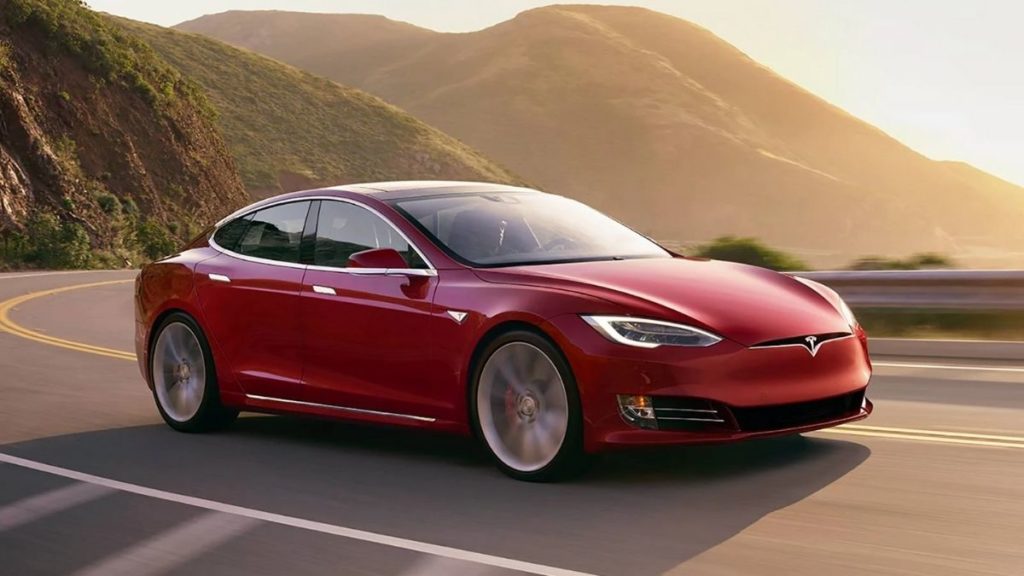
According to federal investigators, there are multiple disclosures in the report that suggests it’s too early to blame Tesla’s driving assistance suit.
The first is the security camera footage of the owner’s house that shows him entering the 2019 Model S from the driver’s side door while the other guy went in from the passenger’s door. After that, the car slowly went on its way.
According to NTSB, the car travelled about 550 ft “before departing the road on a curve, driving over the curb, and hitting a drainage culvert, a raised manhole and a tree.”
Now, the question that arises here is whether the Tesla Autopilot system would work on such roads or not. Basic Tesla Autopilot System has Traffic-Aware Cruise Control (maintains the speed of the car as per surroundings) and Autosteer (assists in maintaining lanes and centering) functionalities.
The NTSB says that Traffic-Aware Cruise control might be engaged but not the Autosteer. Both these features should be engaged for the Autopilot system to work.
Tesla’s Point Of View On The Crash
Tesla claims that local witnesses were mistaken about the fact that no one was in the driver’s seat. The EV maker supported its claim by saying that the seatbelts were buckled and the steering was deformed which leads to a conclusion that someone was behind the wheels.
Tesla even tried to simulate the conditions by testing one of its vehicles. However, the automaker didn’t provide any satisfactory details on how it came to that conclusion.
Anyway, the NTSB is yet to release a final investigation report, which could take up to 24 months in cases of fatal crash investigations. We assume it would require significant time to come up with a clear result as most of the data from the destroyed Model S is lost.
Final Thoughts
Tesla Autopilot is not a full self-driving software. Even the Full Self Driving package cannot be mistaken for autonomous driving software and Tesla clearly mentions that on its website.
The system also requires the driver to always be attentive and keep their hands-on steering wheel at all times. So, even if the driver was in the back seat that would ultimately disengage the Autopilot.
The hard truth is that two people lost their lives and we can only wait for the final report to arrive at a conclusion whether to blame Tesla Autopilot or not.
Anyway, irrespective of how advanced technology is, drivers must avoid relying on it. Follow the rules and be cautious while moving on the road.



